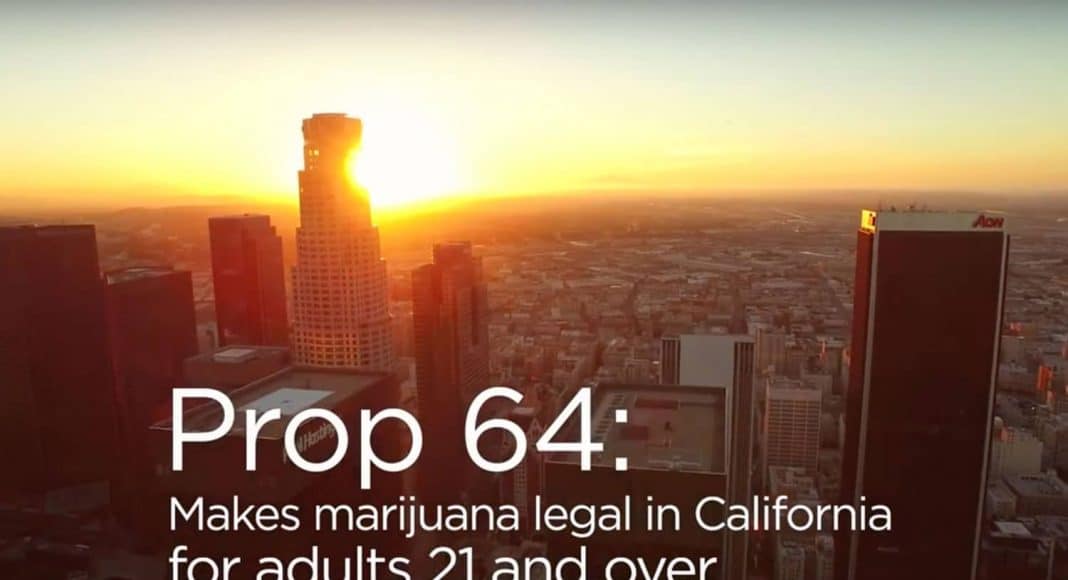The fight for legalized marijuana has hit the living rooms up and down the state of California.
Ads in support for the state’s Proposition 64 — the Adult Use of Marijuana Act — began running on network and cable channels on Tuesday, focusing on two main themes: strict restrictions to keep the product out of the hands of minors and a windfall of $1 billion in new tax revenue.
“Californians overwhelmingly support replacing marijuana criminalization with a smarter, safer approach,” said Brian Brokaw, campaign manager for Yes on Proposition 64. “Proposition 64 is the most comprehensive, thoughtful marijuana policy in the nation and reflects the input of the hundreds of organizations and experts — and these ads are designed to straightforwardly communicate the vast safeguards and benefits of Proposition 64 to every voter in the state.”
The deep-pocketed campaign is spending nearly half of its money in support of this ad barrage. According to campaign finance reports, the Yes on 64 campaign has roughly $14 million in its coffers — the aggressive advertising push will cost $6.8 million, which includes TV and radio spots. Sean Parker, former Facebook president and pro-legalization advocate, has given more than $7 million to support the measure.
According to campaign finance records, the No on Proposition 64 campaign has only $428,646 in contributions, although independent anti-marijuana organizations have built up a sizable war chest.
The No on 64 campaign has focused its effort on the dangers to minors and the fear of ads geared toward children. The pro-legislation ads appear to be directly aimed at combatting these talking points.
Here are a look at the ads:
Safeguards
This ad highlights that proposed legislation “bars advertising directed at kids,” and “bars edibles that appeal to children.” The spot also reminds voters that “adults 21 and over could only purchase marijuana at licensed marijuana businesses.”
Revenue
This spot focuses on the economic benefits, telling Californians that the law will generate $1 billion in tax revenue that would go to services such as after-school, job-training and placement programs.


